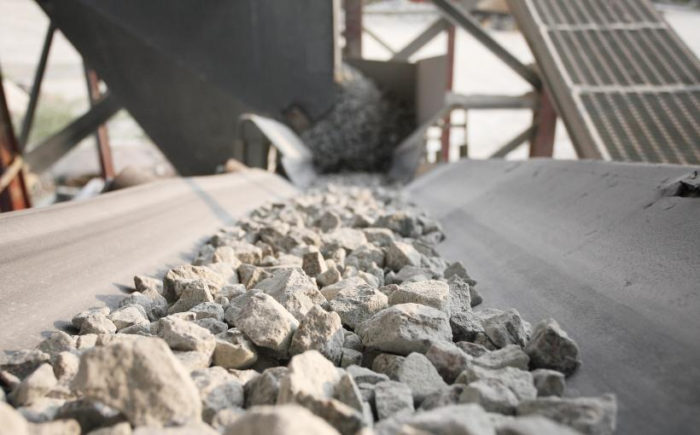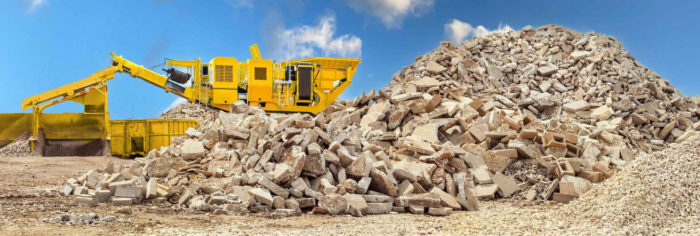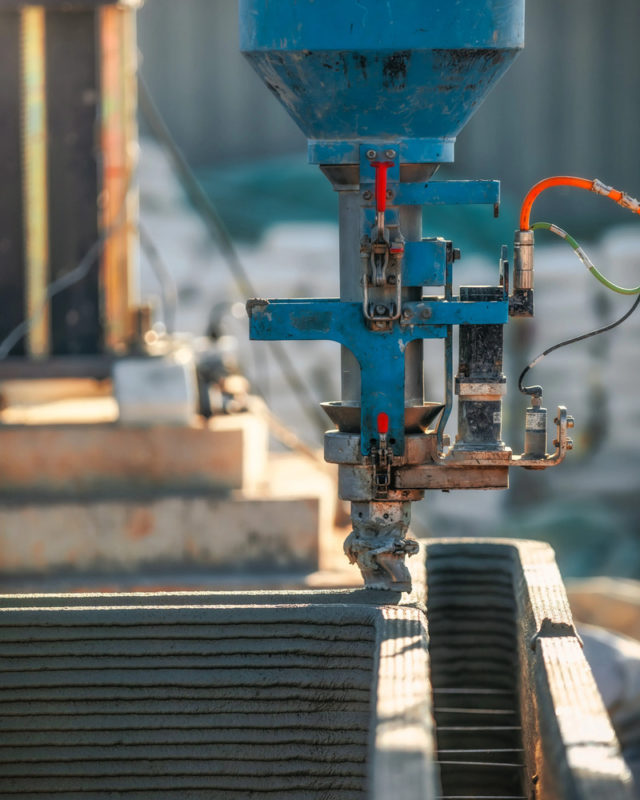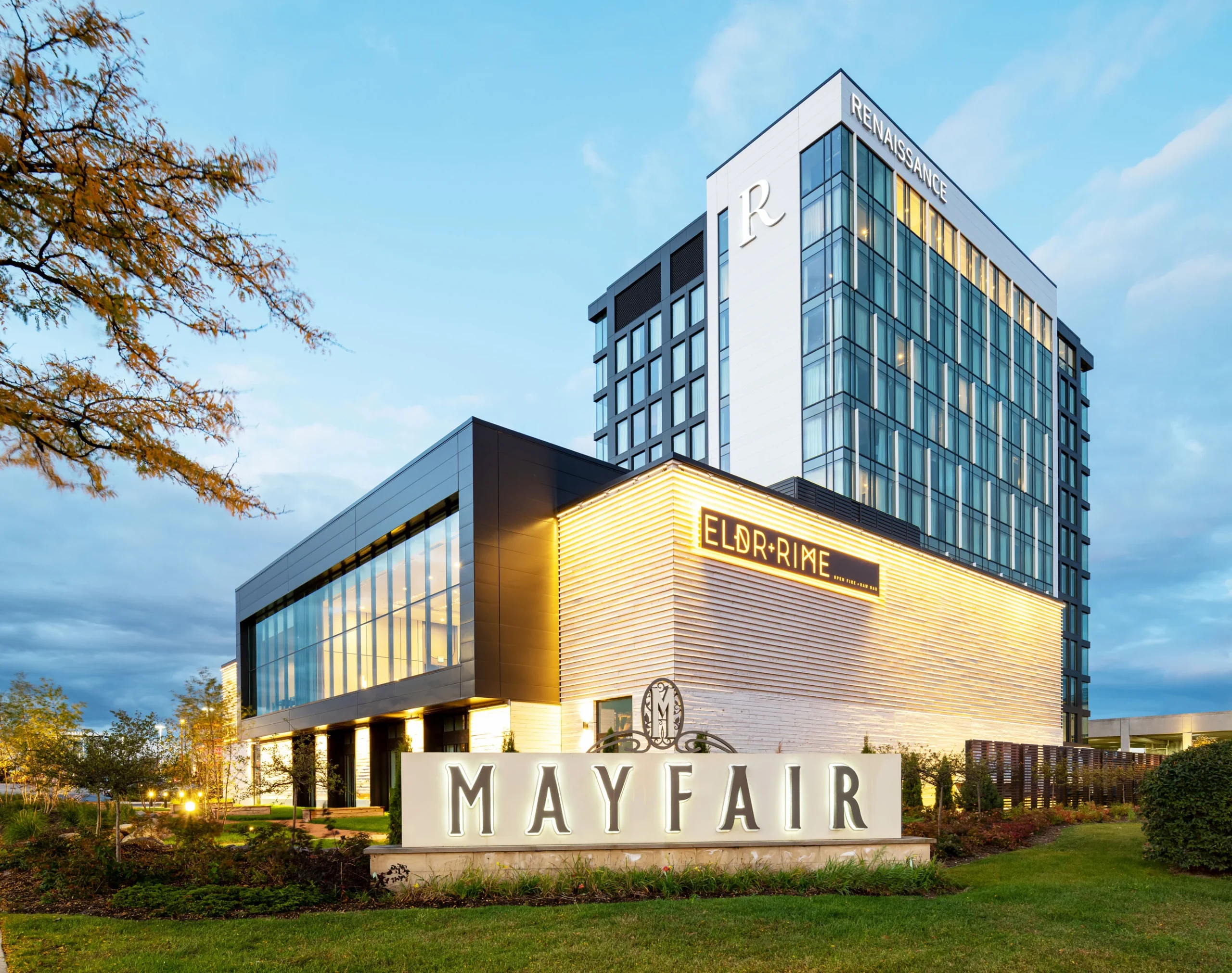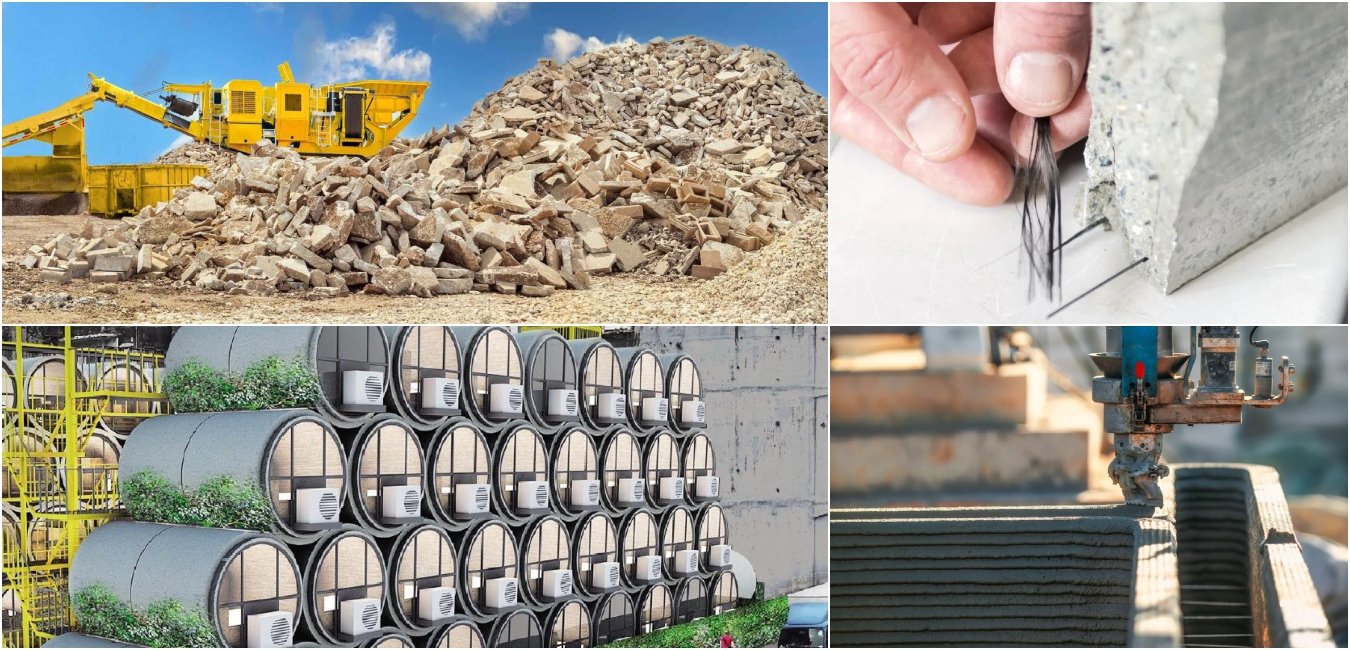
How Concrete Can Contribute To Sustainable Construction
Recycled Aggregates
Recycled aggregates are made from construction and demolition waste like concrete, bricks, and tiles. Sustainable concrete uses these recycled materials instead of natural aggregates in the mix.
Using recycled aggregates reduces the demand for virgin materials, which helps to conserve natural resources and minimize the environmental impact of their extraction. Repurposing construction and demolition waste as recycled aggregates also helps to divert these materials from landfills, reducing waste and promoting a circular economy. Additionally, recycling and reusing aggregates require less energy than extracting and processing virgin materials, leading to energy savings and a reduction in overall energy consumption associated with concrete production.
Local Materials
Utilizing materials from the surrounding area in a concrete building is a crucial part of sustainable development. This practice aids in lessening the environmental effects, decreasing transportation expenses, and bolstering the local economy. By integrating locally obtainable materials into concrete mixtures, construction projects can become more sustainable without compromising performance and durability requirements. Some instances of local materials suitable for concrete construction include natural aggregates, recycled aggregates, natural pozzolans, locally sourced fibers, and local binders.
Admixtures
Admixtures are materials that are added to the concrete mix in order to enhance its characteristics, like its workability, strength, and durability. There are several eco-friendly admixtures available that can help improve the sustainability of concrete. Some examples of these sustainable admixtures include:
Water-reducing agents are substances that can decrease the water content in concrete without affecting its workability. This means that less cement is required, which ultimately reduces the environmental impact of the concrete mix.
Air-entraining agents are substances that are added to concrete mix in order to create small air bubbles. These bubbles help improve the concrete’s ability to withstand freezing and thawing, making it more durable. As a result, concrete structures that contain air-entraining agents tend to last longer and require less maintenance.
Pozzolanic admixtures, like natural pozzolans or rice husk ash, interact with the calcium hydroxide created during cement hydration. This interaction leads to the formation of extra cementitious compounds, which enhance the strength and durability of the cement and decrease its permeability.
Discovering the Latest Breakthroughs in Technologies and Practices
3D-Printed Concrete
Additive manufacturing techniques are used in 3D-printed concrete to create precise and efficient complex structural components. This process reduces material usage and waste generation. Additionally, it allows for the construction of unique geometries that would be difficult to achieve using traditional methods.

